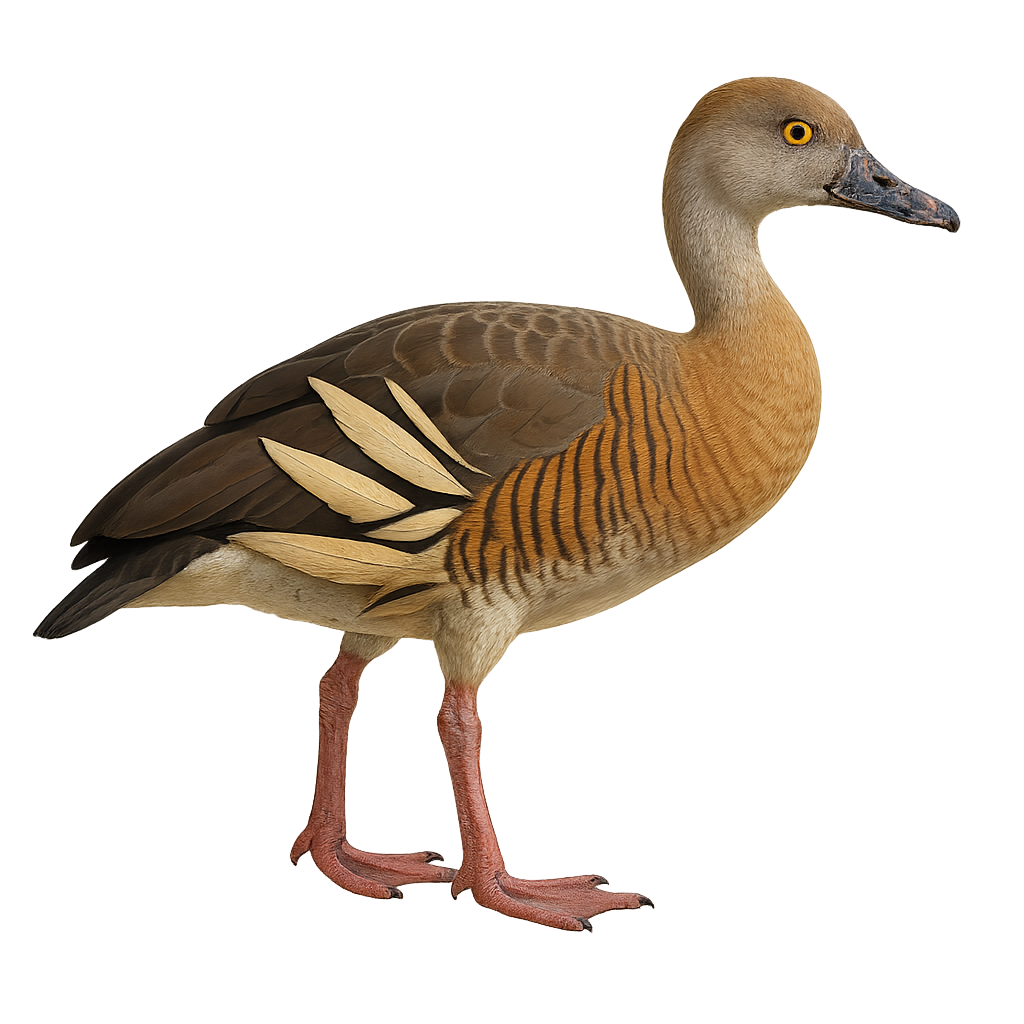Your wildlife photography guide.
Explore the plumed whistling duck in detail, study its behavior, prepare your shots.
Where to observe and photograph the plumed whistling duck in the wild
Learn where and when to spot the plumed whistling duck in the wild, how to identify the species based on distinctive features, and what natural environments it inhabits. The WildlifePhotographer app offers tailored photography tips that reflect the plumed whistling duck’s behavior, helping you capture better wildlife images. Explore the full species profile for key information including description, habitat, active periods, and approach techniques.
Plumed Whistling Duck
Scientific name: Dendrocygna eytoni

IUCN Status: Least Concern
Family: ARDEIDAE
Group: Birds
Sensitivity to human approach: Suspicious
Minimum approach distance: 10 m
Courtship display: December to March
Incubation: 28-30 jours
Hatchings: January to April
Habitat:
Marshes, lakes, rivers
Activity period :
Mainly active at night, generally discreet during the day.
Identification and description:
The Plumed Whistling Duck is a medium-sized waterfowl, easily identified by its light brown plumage with darker feathers on the back and wings. It has a lighter head and neck, often with a pinkish hue, and a grey bill. Its legs are long and grey-blue. This duck is often seen in flocks, feeding on seeds and aquatic plants. It is primarily nocturnal, spending its days resting in shaded areas near water. Found mainly in Australia, it inhabits marshes, lakes, and rivers. Although generally tolerant of human presence, it can become wary if disturbed.
Recommended lens:
400mm – adjust based on distance, desired framing (portrait or habitat), and approach conditions.
Photography tips:
To photograph the Plumed Whistling Duck, focus on twilight or nighttime hours, as this bird is primarily active at night. Use a telephoto lens of 400mm or more to capture detailed images without disturbing the bird. Look for areas near water where they rest during the day. Be patient and discreet to avoid scaring them away. A tripod can be helpful for stable shots in low-light conditions.
The WildlifePhotographer App is coming soon!
Be the first to explore the best nature spots, track rutting seasons, log your observations, and observe more wildlife.
Already 1 431 wildlife lovers subscribed worldwide

